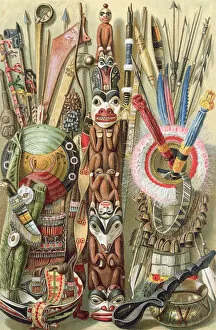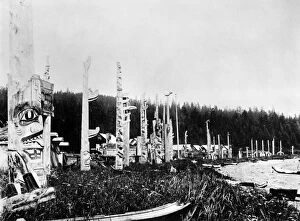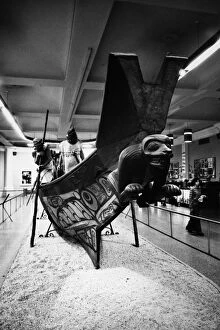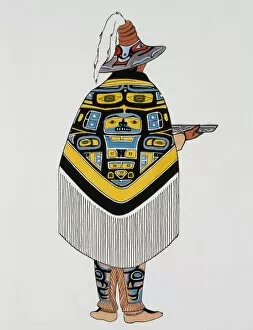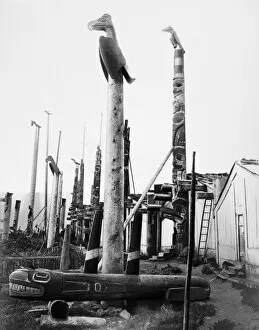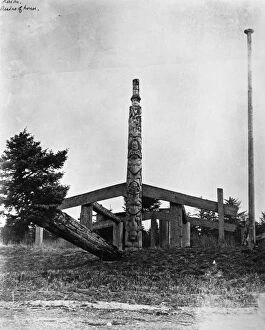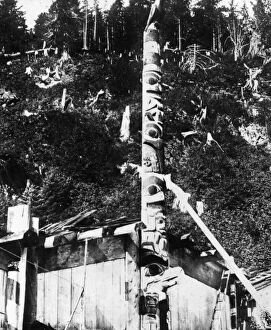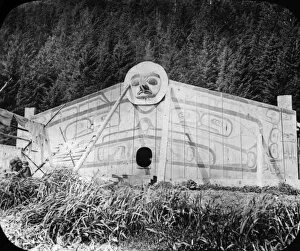Haida Collection (page 2)
"Haida: Preserving the Rich Cultural Heritage of Alaska's Tlingit Native Americans" In Yakutat, Alaska
All Professionally Made to Order for Quick Shipping
"Haida: Preserving the Rich Cultural Heritage of Alaska's Tlingit Native Americans" In Yakutat, Alaska, a Tlingit Native American woman proudly showcases her ancestral heritage through the art of basket weaving. With intricate designs and skilled craftsmanship, she weaves together stories passed down through generations. The Haida people have long been known for their exceptional artistic abilities and deep connection to nature. Their totem poles stand tall as symbols of cultural identity and spiritual significance. One such Haida Totem Post engraving captures the essence of their beliefs, depicting powerful creatures that embody strength and wisdom. Tattooed Haidas were once a common sight among this indigenous community. These engravings tell tales of bravery and honor, showcasing the unique body art that adorned these individuals with pride. Each tattoo held its own meaning, representing personal achievements or tribal affiliations. Artifacts found in Queen Charlotte Islands, British Columbia provide glimpses into the lives led by the Haida people in ancient times. A gelatin silver print captures these artifacts in stunning detail, reminding us of their rich history and cultural legacy. One particularly captivating piece is the Haida double thunderbird color litho - an artwork that exudes vibrancy and power. The thunderbird holds great importance within Haida mythology as a symbol of protection against evil spirits. Despite facing numerous challenges over time, including colonization and forced assimilation efforts, the spirit of resilience remains strong within the Haida community today. They continue to celebrate their traditions while embracing modern influences with grace. Through their artistry and storytelling skills, they ensure that future generations understand and appreciate their heritage. The bright hope shines on as they pass down age-old techniques from one generation to another – preserving not just baskets but also memories woven into every thread. Haida culture serves as a reminder that diversity should be cherished; it enriches our world with vibrant colors woven together like threads in a basket.

